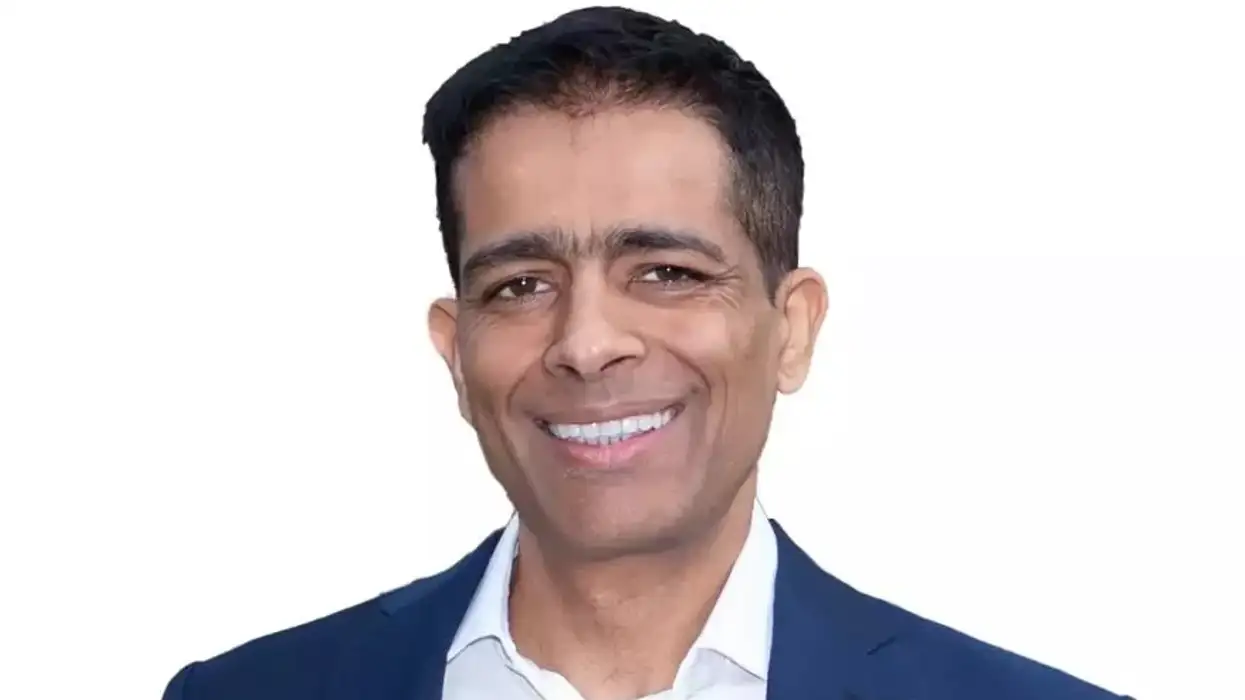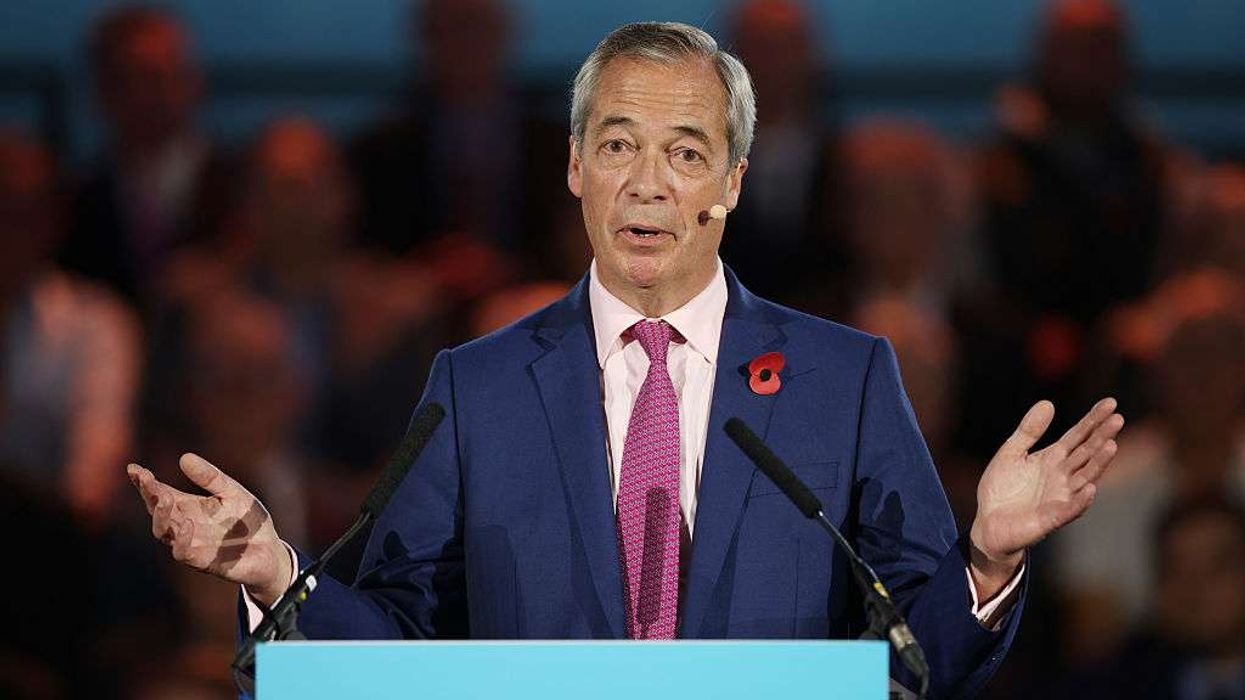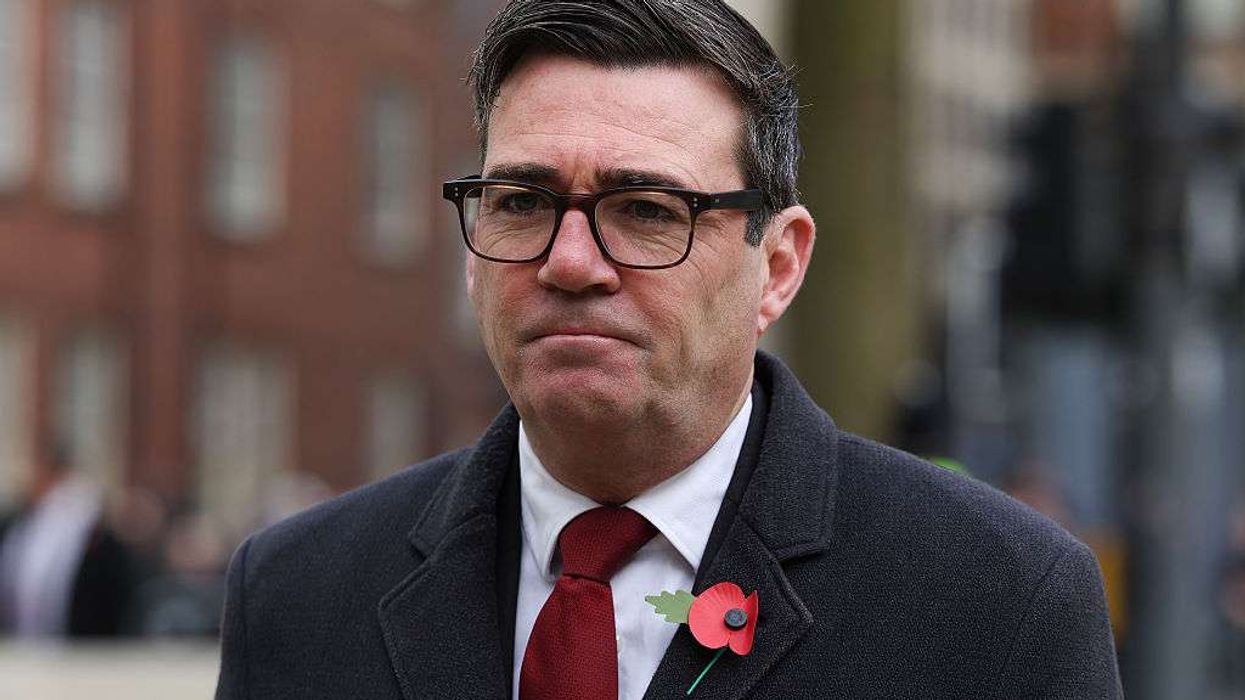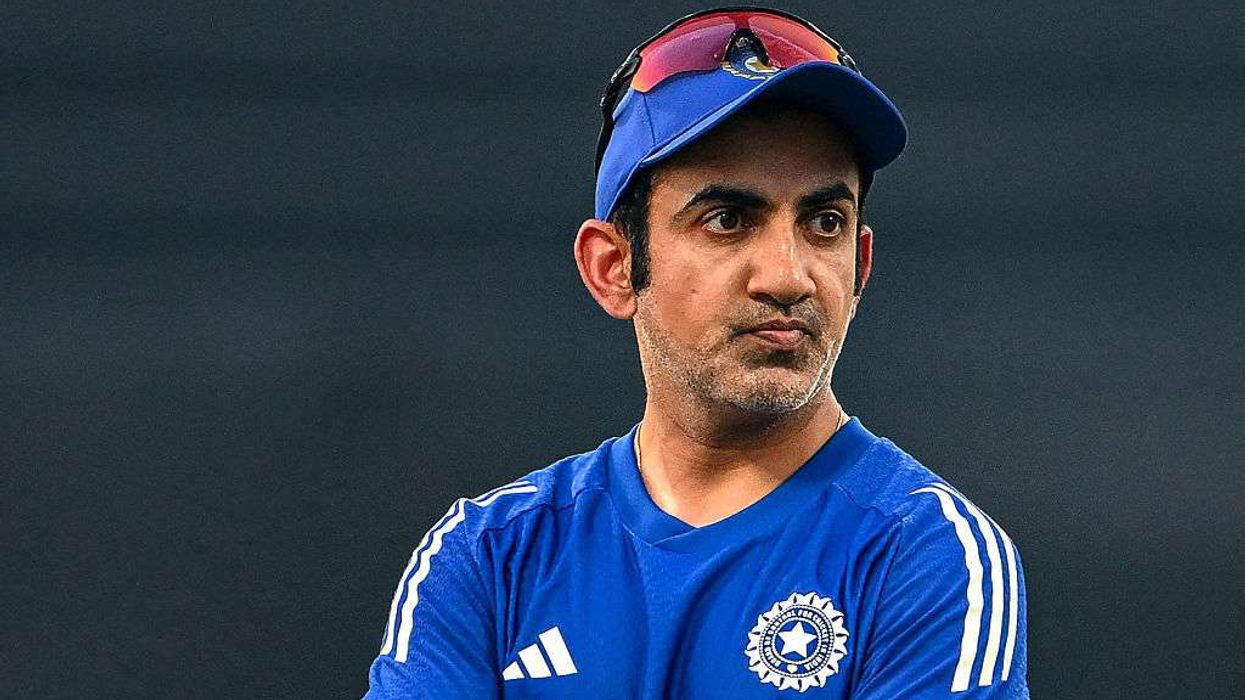THE Barbican Centre in London has put on a fabulous exhibition called The Imaginary Institution of India: Art 1975-1998.
It has been curated by Shanay Jhaveri, a Bombay boy who is now head of visual arts at the Barbican.
Bombay is, of course, now Mumbai with all the socio-cultural changes that implies.
With the help of lenders, notably the Kiran Nadar Museum of Art in Delhi, Jhaveri has chosen some 150 works from 30 artists, both well-known and not so familiar.
The first thing to say is the Barbican Arts Centre feels very spacious. The works are beautifully displayed and given plenty of space to breathe.
Taking the exhibition in the round, it seemed to me to be almost an antidote to the propaganda we get about “India shining” and how the country has become a superpower.
To be fair, in some areas, such as IT, India has indeed become a superpower, but alongside that, the exhibition reminds us problems such as violence against women have not gone away. The recent fatal rape of a young woman doctor at the RG Kar Medical College and Hospital in Kolkata is a painful example.
It is worth listing the artists represented in the exhibition – Pablo Bartholomew, Jyoti Bhatt, Rameshwar Broota, Sheba Chhachhi, Anita Dube, Sheela Gowda, Sunil Gupta, Safdar Hashmi, MF Husain, Rummana Hussain, Jitish Kallat, Bhupen Khakhar, KP Krishnakumar, Nalini Malani, Tyeb Mehta, Meera Mukherjee, Madhvi Parekh, Navjot Altaf, Gieve Patel, Sudhir Patwardhan, CK Rajan, NN Rimzon, Savindra Sawarkar, Himmat Shah, Gulammohammed Sheikh, Nilima Sheikh, Arpita Singh, Jangarh Singh Shyam, Vivan Sundaram, and J Swaminathan.
What would our ayah have thought of Sheila Gowda’s installation made from cowdung cakes? Our ayah looked after us when we were children growing up in Patna, Bihar, in north India. We didn’t have gas or electricity for cooking. Instead, every morning, she used cowdung cakes to light the little choolah (clay oven) in the kitchen before she and my mother began cooking breakfast. If she had seen the cowdung cakes in the Barbican, she probably would have gathered them in her basket and taken them home. It’s still the way things are done in rural India.
Works in the The Imaginary Institution of India: Art 1975-1998 exhibitionInitially, I thought the years that Jhaveri had picked, 1975 and 1998, were chosen at random but he convinced me otherwise.
I acknowledged that 1975 was the year when prime minister Indira Gandhi declared a state of emergency, locked up thousands of her political opponents and imposed press censorship.
But 1998? It was the year when India exploded a nuclear device in the Rajasthan desert.
Jhaveri said: “I think 1998 is important in the sense that it is when we become a nuclear power, and that capability of having nuclear warfare was celebrated. It was seen as a symbol of India arriving as part of a new global order.
“It also marks quite a distance from the non-violent ideals we achieved our independence on, and that’s something I was keen to emphasise – the distance the country has travelled from when we became independent to where we had arrived at that point.”
Shanay JhaveriHe explained: “This show surveys 23 years of artistic production from the Indian subcontinent. It’s framed by two national events – the declaration of the emergency in 1975 and the Pokhran nuclear test in 1998. The period between these two significant occasions is one marked by great social upheaval, economic instability, and it led to us defining four thematics around which the exhibition unfolds.
“These are rapid urbanisation and change in class structure; questions around gender and sexual growing connections with indigenous culture; and the rise of communal violence and politics.
“Featured in the exhibition are 30 artists who were making work as the landscape around them was changing. What we see across all of their practices is that as you move between the street and the home, the boundaries between the private and the public blur. And each of them strive to communicate through their work and affirm what (BR) Ambedkar, one of the chief architects of the Indian constitution, said, that the basis of any political democracy is a social democracy.
“The show has about 150 works in a range of media, from painting to installation, photography, drawing, sculpture and various mediums. We are very fortunate to have the support of our founder and principal funder, the City of London. But also, it’s our great privilege to have collaborated with the Kiran Nadar Museum of Art in New Delhi.”
Jhaveri told me about the issue of violence against women: “We have a number of artists in the show engaging with questions of feminism – Nilima Sheikh, Arpita Singh, Nalini Malani, Sheba Chhachhi.”
He referred to Chhachhi’s Seven lives and a Dream and also her 19 black and white photographs “that document women’s protest movements and female activists from the 1980s. Unfortunately, what they were responding to at that time continues to be very much a matter of urgency and concern in the country as to what unfolded in Calcutta (Kolkata) very recently. I hope audiences can sense that these have been ongoing struggles for the artists.”
Rummana Hussain’s floor-based works use broken terracotta pots to reckon with widespread communal violence across the nation following the demolition of the Babri Masjid in Ayodhya in 1992 by militant right-wing Hindu mobs.
As for the freedom enjoyed by artists, he said: “The works in the show speak for itself, how resilient they are. They can adapt to various circumstances and changing conditions. And it’s really their imagination and their courage to say certain things that I draw great inspiration and solace from.”
I asked about Sudhir Patwardhan’s oil on canvas diptych, Memory: Double Page. “That landscape felt important to include because it was really about Sudhir going back to his childhood town, and it is this difference between something that you hold in your memory and how it’s also evolved as a place,” commented Jhaveri. “The landscape is fractured. You have these details of maybe the childhood home he lived in, but then also it’s all about memory and how you hold something in your mind versus how it’s actually transformed.”
He said: “The show is about celebrating the plurality and the cosmopolitanism (of India) and the secular nature of our democracy. It’s reminding people of those ideals. Some of the work certainly is contending with fissures and ruptures and the challenges that we’re sensing among various communities that live within India.”
He added: “The exhibition takes its title from an essay by Sudipta Kaviraj, which discusses the processes of instituting democracy and modernity in a post-colonial society characterised by diversity and plurality. These negotiations form the core of The Imaginary Institution of India: Art 1975-1998, a show that underscores, through powerful and evocative artworks, the essence of a truly democratic society – where people communicate, coexist, and connect on various levels, from the exuberantly sexual to the defiantly political.”
The Imaginary Institution of India: Art 1975-1998 is at the Barbican Arts Centre until January 5, 2025.












